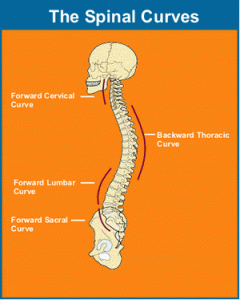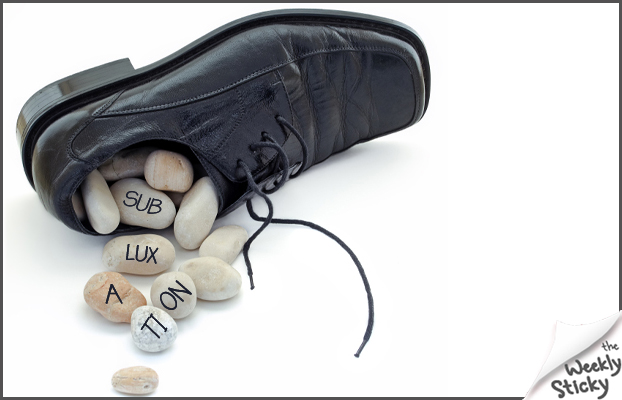You Can’t Technically Stand Up “Straight”. Why Not?
The four spinal curves cushion the effects of stress and permit greater turning and bending.
When you think of your spine, do you think of a straight row of bones that go from the bottom of your brain to the bottom of your back? In reality, the spine is made up of four different curves that provide balance and flexibility to your body and help prevent injury. These curves also allow the spine to support 10 times more weight than it could if the curves were missing! You can more easily see these curves when you view a model of the spine from a side view.
The four types of spinal curves are:
• Cervical Lordosis – A backward “C”-shaped curve located in the upper part of the spine. This curve helps to keep your head from moving too far forward. Neck pain usually results when there is any type of significant loss to this curve.
• Thoracic Kyphosis – The “C”-shaped curve of the upper and mid back, comprised of 12 vertebrae
• Lumbar Lordosis – The five vertebrae of the lower back that are also in the shape of a backward “C.” This area of the spine faces backward when seen from the side.
• Sacral Kyphosis – The sacrum is a triangular-shaped bone at the base of the spine, between both hip bones. It is also a “C”-shaped curve.
As a pre-born baby develops, it has only one type of spinal curve, the kyphotic “C”- shaped curve. As an infant’s motor skills begin to develop, the baby learns to hold its head up, sit, crawl, stand up and walk – all causing significant muscle development and allowing more weight to be shifted to the spine. This also begins the development of the additional spinal curves.
It is important that these curves be properly maintained to balance your body and to avoid pain and injury. Proper lifting requires that you bend at the knees, instead of at the waist, to keep your spine from straightening.
Of course, regular chiropractic check ups and adjustments help to maintain your proper spinal curves. In addition, there are specific products, such as cervical pillows, that also help to keep spinal curves in place and keep you out of pain!



